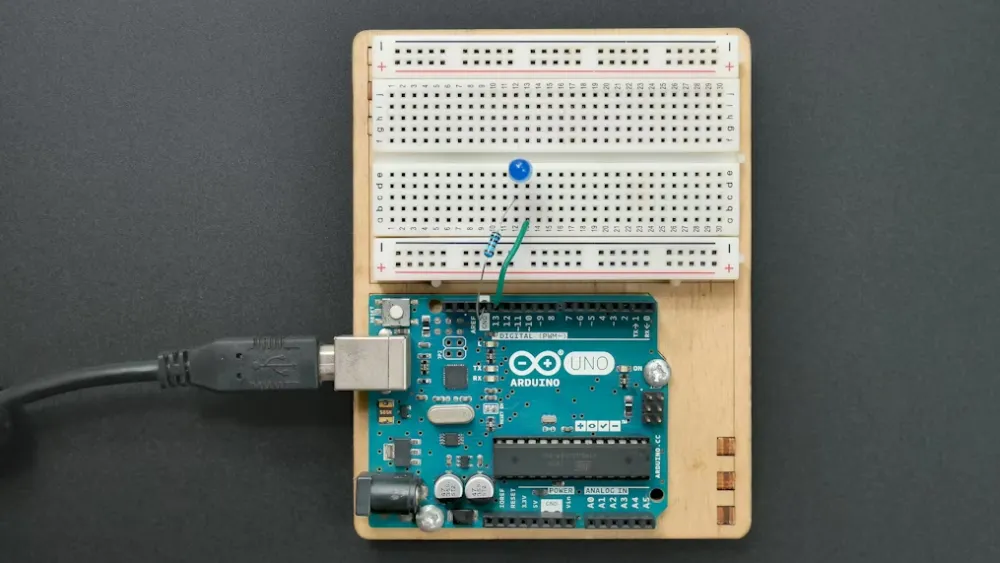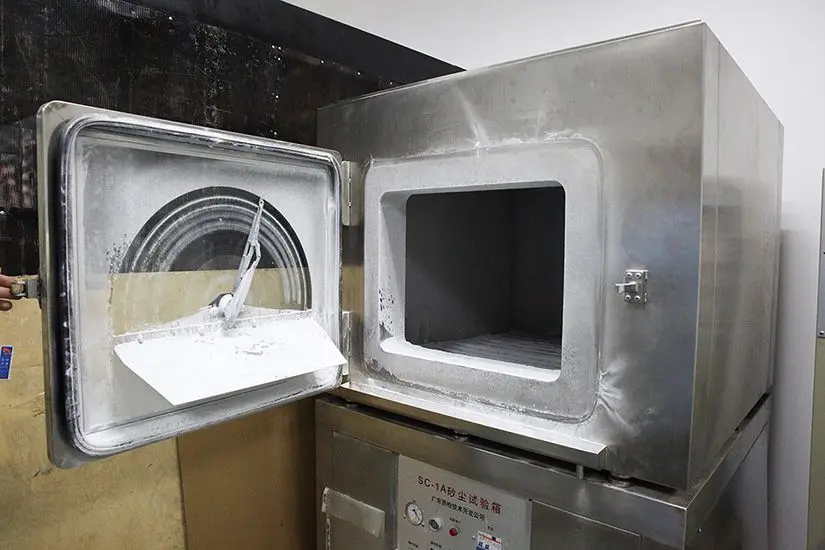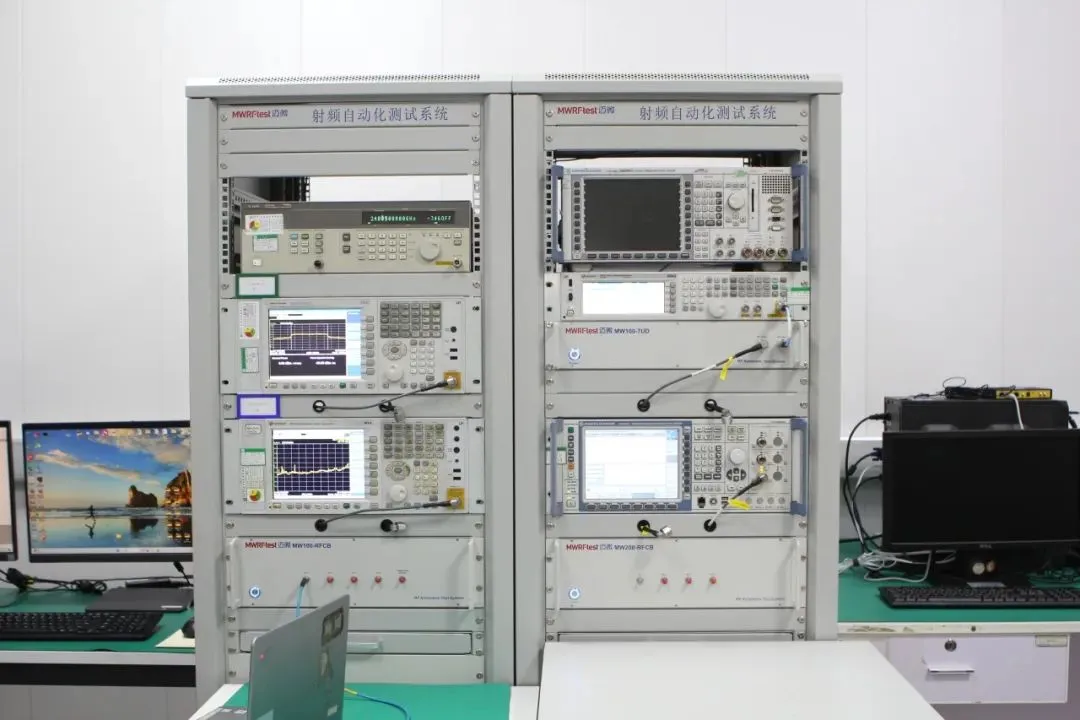
Dolls, Baby Carriers, and Electric Toys EU Compliance
Exporting toys and baby products to the EU is not something you can “just sell.” Whether it’s hands-free baby carriers, moving electric toys, or dolls that accompany childhood, all must meet strict EU safety regULations and harmonized standards. From mechanical and physical performance to cheMICal element migration, from flammability to electronic and battery safety — every step matters for successful market entry and consumer protection.

Baby Carriers Exported to the EU: Standards You Must Follow
According to EU definitions, what products fall under “baby carriers”?
- Framed carriers:With support frames, suitable for children aged 6 months up to 18 kg, allowing seated carrying.
- Soft carriers:Without frames, for children up to 15 kg, designed to fit closely to the caregiver’s torso.
- Pouches:Without complete leg openings, worn on the caregiver’s torso to carry infants.
All designs are intended to free the caregiver’s hands while standing or walking.
Which standards apply to baby carriers sold in the EU?
EU standards for childcare articles are published in the Official Journal of the European Union (OJEU). Products meeting these standards are presumed to comply with EU safety requirements.
Main applicable standards include:
- EN 13209-1:2004– Framed carriers
- EN 13209-2:2015– Soft carriers
Note:These standards reference parts of the EN 71 seriesharmonized toy standards.
Manufacturer’s note:Always review the full standards to ensure compliance with all testing and safety requirements.
Electric Toys Exported to the EU: Key Compliance Points
Which regulations must electric toys sold in the EU follow?
EN 71 Series Standards
The EN 71 series has 14 parts, with the following relevant for electric toys:
- EN 71-1:2014+A1:2018– Mechanical and physical properties
- EN 71-2:2020– Flammability
- en 71-3:2019+A1:2021– Migration of certain elements
- EN 71-10:2005– Sample preparation and extraction of organic compounds
- EN 71-11:2005– Methods of analysis of organic compounds
- EN IEC 62115:2020– Safety of electric toys
EN IEC 62115:2020 and Amendments
Applies specifically to electric toys, covering:
- Safe use of small batteries
- Battery compartment security
- Safety of light-emitting toys (e.g., LEDs)
- Remote-controlled ride-on toys
- Clearances and creepage distances to prevent shock and fire
Manufacturers must use the latest versions referenced in the OJEU.
Other requirements:
- Electric toys with wireless communication (e.g., Bluetooth, Wi-Fi) must comply with the Radio Equipment Directive (2014/53/EU).
- Toys intended for children under 36 months have additional safety provisions.
Do electric toys require the CE mark in the EU?
Yes. Toys sold in the EU must bear the CE mark to demonstrate compliance. Before applying the CE mark, manufacturers must:
1. Conduct a safety assessment
2. Confirm compliance with essential safety requirements
3. Prepare technical documentation
4. Issue a Declaration of Conformity
After these steps, the CE mark may be affixed. See the ce marking Guide for details.
What labeling must be included on electric toy packaging?
- Manufacturer information:Full details must be clearly shown.
- Warnings and instructions:Must indicate risks, hazards, and preventive measures.
- Toys unsuitable for children under 3 years must include warnings such as “Not suitable for children under 36 months”along with the appropriate pictogram and specific hazard description.
- Warnings must be concise, risk-specific, and further explained in the instructions.
Important:Warning labels only apply if the toy is genuinely unsuitable for children under 36 months. Manufacturers must still comply with all other applicable requirements.
Dolls Exported to the EU: Compliance Essentials
What potential risks should be consideRED for dolls intended for children?
- Mechanical & physical risks:Small parts (choking hazards for children under 36 months), sharp edges, and points.
- Chemical risks:Hazardous substances exceeding limits may cause short- or long-term health effects.
- Electronic risks:Dolls with electronics may pose electrical, radiation, or battery hazards.
- Optical risks:High-intensity light sources (lasers, LEDs, blue light) may damage eyesight.
- Battery risks:Short circuits may cause overheating or explosion, releasing harmful chemicals. Small batteries (AAA or smaller) can cause choking or severe internal injury if swallowed.
Which regulations and standards apply to dolls sold in the EU?
- Toy Safety Directive (2009/48/EC):Toys must comply before entering the EU market.
- Harmonized standards:Referenced in the OJEU; compliance presumes conformity with the directive.
Relevant EN 71 Standards for Dolls
- EN 71-1:2014+A1:2018– Mechanical and physical properties
- EN 71-2:2020– Flammability
- EN 71-3:2019+A1:2021– Migration of certain elements
- EN 71-10:2005– Sample preparation and extraction of organic compounds
- EN 71-11:2005– Analysis of organic compounds
Special notes:
- Manufacturers must check all EN 71 parts for applicable requirements.
- Always use the latest OJEU-referenced versions, including amendments.
- Additional requirements apply if dolls include electronic components or are intended for children under 36 months.
Email:hello@jjrlab.com
Write your message here and send it to us
 Energy Storage Battery Brazil Inmetro Certificatio
Energy Storage Battery Brazil Inmetro Certificatio
 Southeast Asia Compliance Requirements for EV Char
Southeast Asia Compliance Requirements for EV Char
 Brazil ANATEL & INMETRO Certification Guide
Brazil ANATEL & INMETRO Certification Guide
 Automotive-Grade Active Crystal AEC-Q200 Certifica
Automotive-Grade Active Crystal AEC-Q200 Certifica
 How to Comply with EU GPSR
How to Comply with EU GPSR
 U.S Cosmetics Require FDA Registration for Customs
U.S Cosmetics Require FDA Registration for Customs
 Interpretation of IEC/EN/AS 62477-1:2022 Standard
Interpretation of IEC/EN/AS 62477-1:2022 Standard
 What is Amazon TIC and How Can Sellers Achieve Com
What is Amazon TIC and How Can Sellers Achieve Com
Leave us a message
24-hour online customer service at any time to respond, so that you worry!




